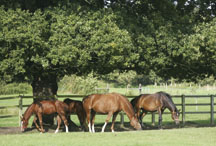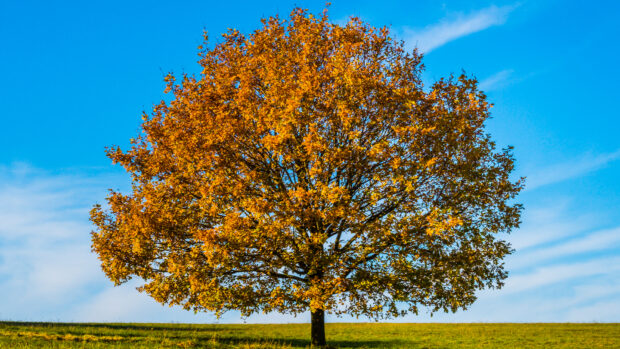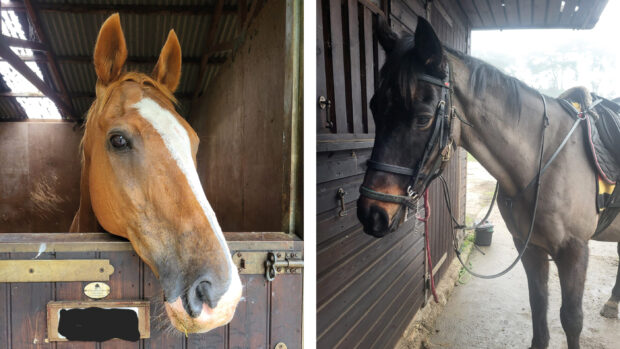Horse owners have been urged to take extra precautions against atypical myopathy in the wake of storm Aileen.
The British Equestrian Veterinary Association (BEVA) is asking owners to be vigilant, as the last “big spike” in cases of the fatal equine disease, also known as seasonal pasture myopathy, came after major storms in 2014.
“High winds may cause the seeds to fall earlier than usual this year so BEVA is advising horse owners to take immediate steps now to identify sycamore trees on or near grazing land and prevent the seeds falling where they are in reach of horses,” said a BEVA spokesman.
Owners are advised to move horses off pasture at risk times, if possible, or to use temporary fencing to restrict access to sycamore seeds. Horses must have access to good quality, uncontaminated grazing, and providing clean hay or haylage also minimises the temptation to eat the seeds.
Sycamore trees should not be felled, BEVA added, as this can cause “massive pasture contamination”.
Owners should discuss risk and how to identify early signs of the condition with their vets, and be aware that even fields without sycamore trees can contain seeds spread by high winds or flooding.
BEVA senior vice-president Mark Bowen said: “In 2014 we saw a big spike in seasonal pasture myopathy in the aftermath of storms hitting the UK.
“It’s a terrible condition that can be fatal despite treatment. It’s easier to spot the sycamore’s maple-shaped leaves now while they are still on trees. Otherwise the seeds may be confused with ash keys. It’s best to speak to your vet for practical advice on how to keep your horse safe.”
The muscle disease is caused by toxin hypoglycin A, which is found in tree seeds including that of the sycamore.
Article continues below…

New research sheds light on atypical myopathy
British vets are welcoming new research that could explain the cause of the mysterious and fatal condition atypical myopathy

Atypical myopathy: is your horse at risk?
Autumnal grazing disease, atypical myopathy, has been on the increase but is your horse at risk?

Filly makes ‘miraculous’ recovery from atypical myopathy
'We were all crying our eyes out. If it had been an hour later she wouldn’t have been with us.'
Although sycamore seeds are not palatable to horses, those on poor grazing may eat large numbers of them.
Equines kept on sparse pasture with accumulated sycamore leaves and wood, and trees in or around the field, and without hay or feed are the most at risk.




